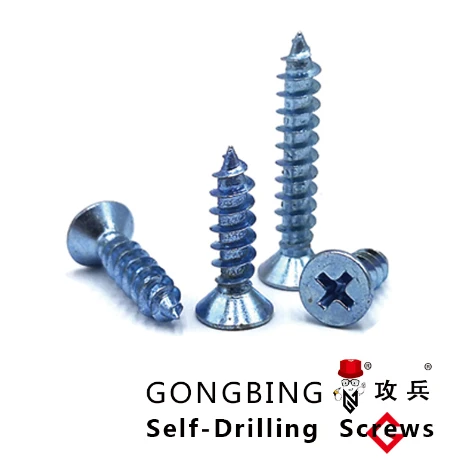Feb . 12, 2025 09:10
Back to list
heavy hex head bolt
In the realm of construction, bolts hold a singular importance that extends far beyond their physical dimensions. They are the silent sentinels of structural integrity, ensuring that buildings, bridges, and machinery remain steadfast under various stresses. Among the myriad components in construction, bolts serve as the quintessential connectors, maintaining the stability and safety of countless structures.
The strategic use of bolts in construction is not just a technical decision but also an economic one. The cost of bolts can represent a significant portion of a project's hardware expenses, particularly in large-scale undertakings. By opting for bolts that provide long-term durability and ease of installation, project managers balance upfront costs with the lifecycle savings from reduced maintenance and replacement needs. Furthermore, the environmental aspect of bolt selection can no longer be ignored in today’s sustainability-conscious construction industry. Bolts produced with low-impact materials or through energy-efficient manufacturing processes contribute to the overall sustainability of a construction project. Recyclability is another factor, as bolts made from materials like steel can be reused or repurposed at the end of a structure's life, aligning with circular economy principles. In the context of innovation, the integration of smart technology into bolt systems represents an exciting frontier. Smart bolts equipped with sensors can monitor the integrity of a connection in real time, providing valuable data that can preemptively alert maintenance crews to potential issues before they become critical. This technological advancement not only enhances safety but also offers a new dimension of monitoring and management for complex structures. Ultimately, the role of bolts in construction transcends their physical function. They embody the intersection of engineering precision, economic consideration, and environmental responsibility. By continuing to innovate and adhere to rigorous standards, the construction industry can leverage the humble bolt to achieve incredible feats of engineering, ensuring the stability and sustainability of the structures that define our built environments.


The strategic use of bolts in construction is not just a technical decision but also an economic one. The cost of bolts can represent a significant portion of a project's hardware expenses, particularly in large-scale undertakings. By opting for bolts that provide long-term durability and ease of installation, project managers balance upfront costs with the lifecycle savings from reduced maintenance and replacement needs. Furthermore, the environmental aspect of bolt selection can no longer be ignored in today’s sustainability-conscious construction industry. Bolts produced with low-impact materials or through energy-efficient manufacturing processes contribute to the overall sustainability of a construction project. Recyclability is another factor, as bolts made from materials like steel can be reused or repurposed at the end of a structure's life, aligning with circular economy principles. In the context of innovation, the integration of smart technology into bolt systems represents an exciting frontier. Smart bolts equipped with sensors can monitor the integrity of a connection in real time, providing valuable data that can preemptively alert maintenance crews to potential issues before they become critical. This technological advancement not only enhances safety but also offers a new dimension of monitoring and management for complex structures. Ultimately, the role of bolts in construction transcends their physical function. They embody the intersection of engineering precision, economic consideration, and environmental responsibility. By continuing to innovate and adhere to rigorous standards, the construction industry can leverage the humble bolt to achieve incredible feats of engineering, ensuring the stability and sustainability of the structures that define our built environments.
Next:
Latest news
-
Weatherproof Plastic Expansion Anchors for OutdoorNewsJun.06,2025
-
Sustainability in the Supply Chain: Eco-Friendly TEK Screws ProductionNewsJun.06,2025
-
Load-Bearing Capacity of External Insulation FixingsNewsJun.06,2025
-
Double Head Bolts: Enhancing Efficiency in Industrial MachineryNewsJun.06,2025
-
Corrosion Resistance in Chipboard Screws: Coatings for Wholesale DurabilityNewsJun.06,2025
-
Butterfly Toggle Bolts : Enhancing Structural ResilienceNewsJun.06,2025
